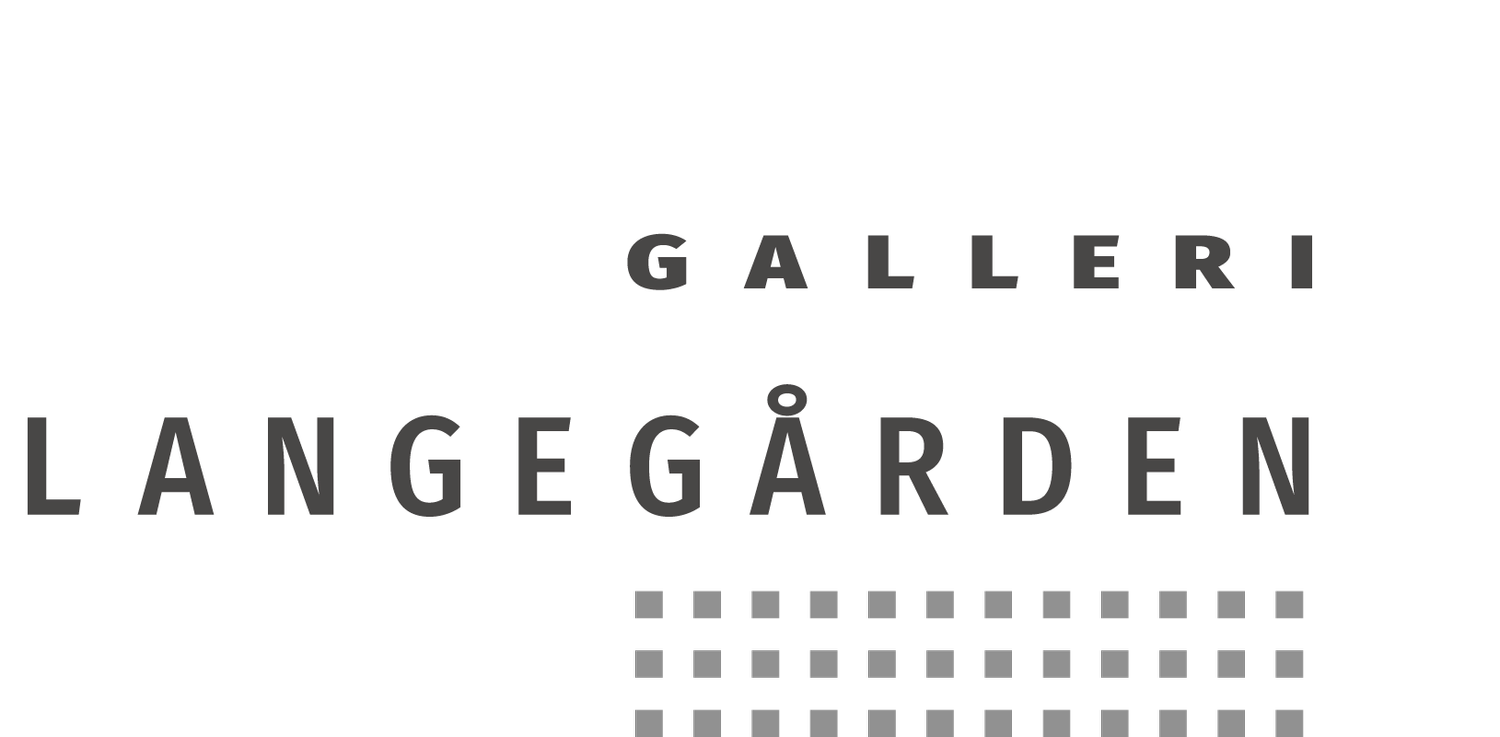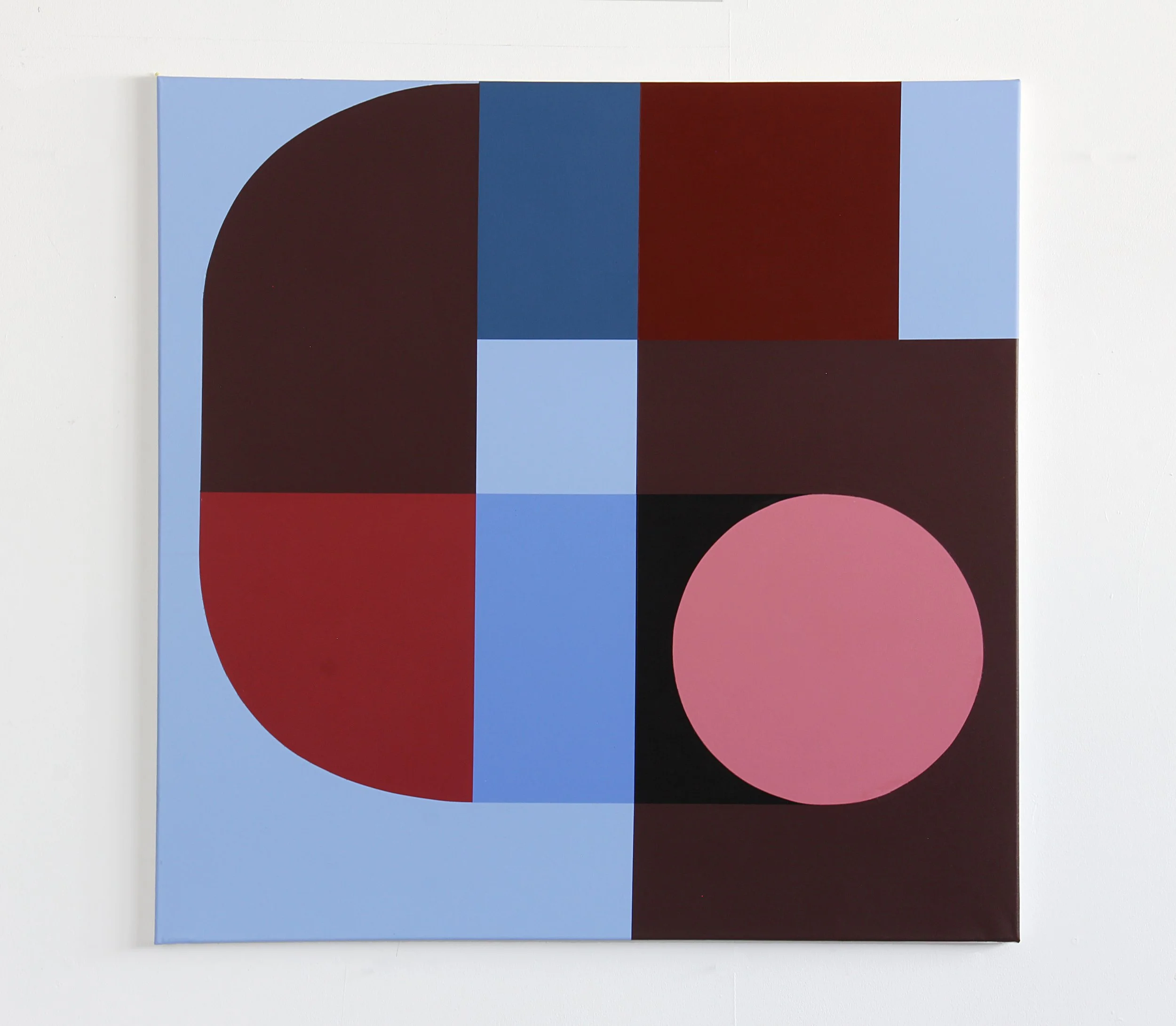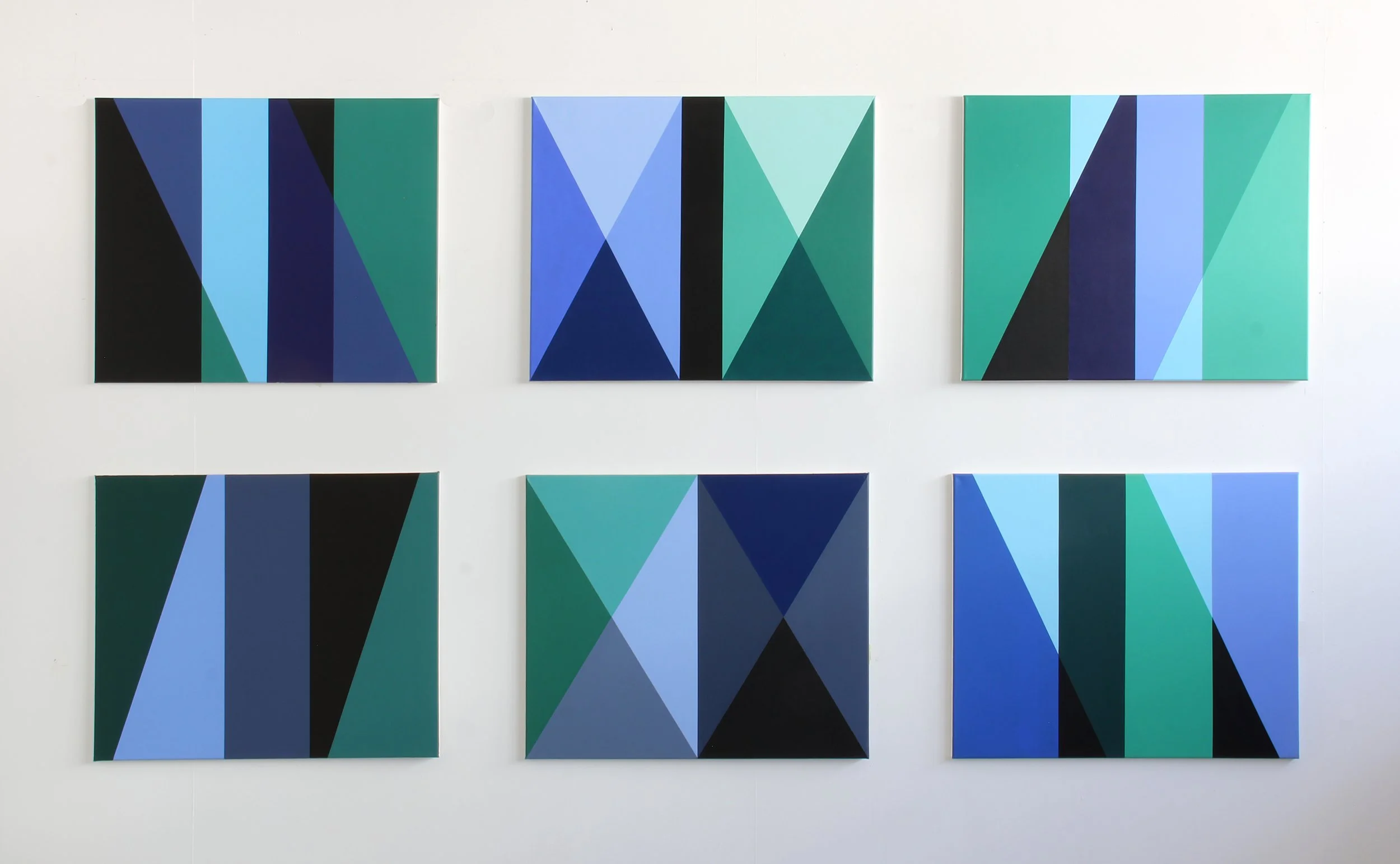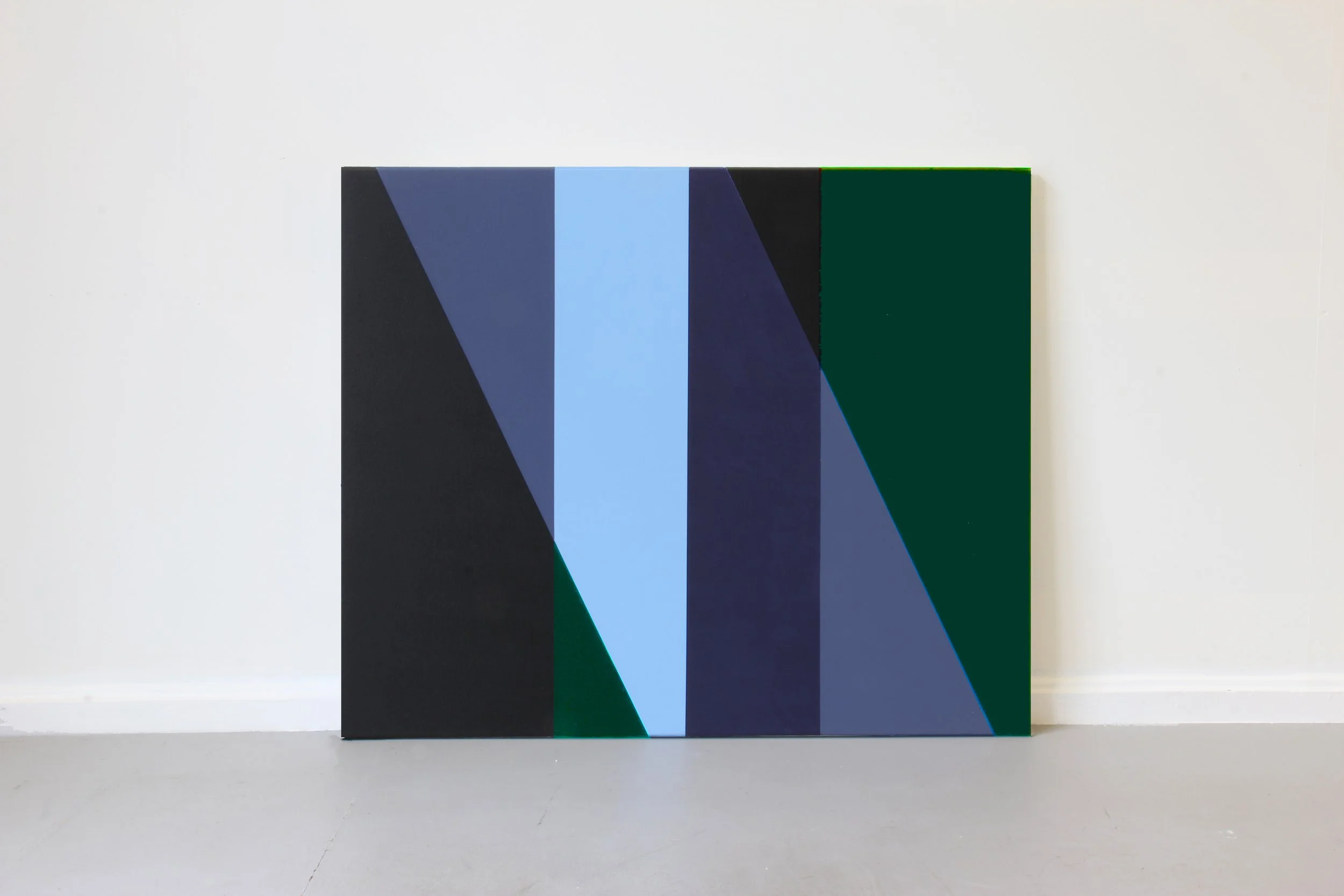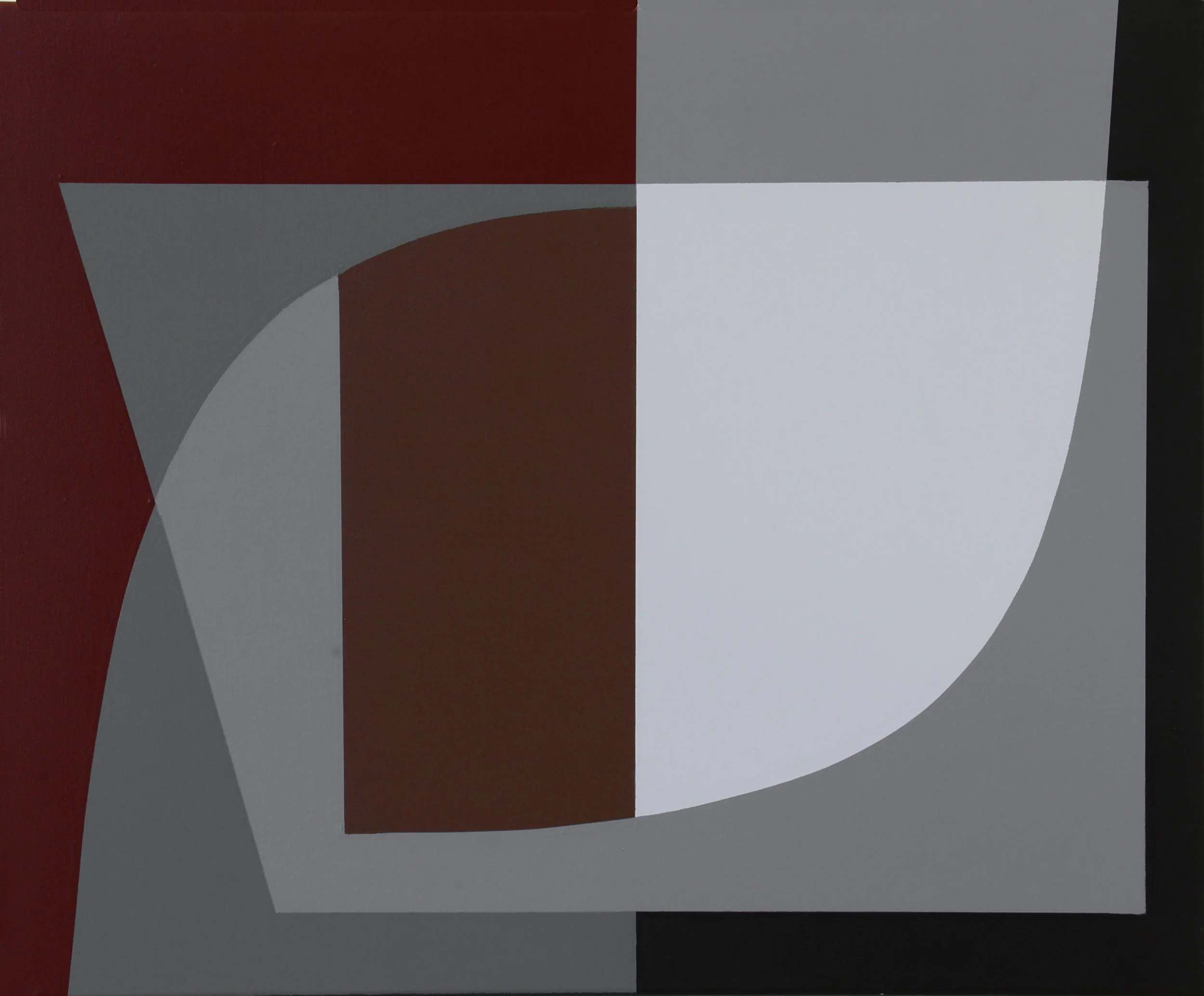Arne Ingvaldsen
9. - 24. august 2025
Surface Tension: Arne Ingvaldsen’s Architecture of Movement, Precision and Intent
When I was first introduced to Arne Ingvaldsen’s work, I found myself caught up in a kind of dance. It wasn’t how his pieces looked — it was how they made me move. My eyes would shift, adjust, hesitate. I would lean in, step back, reorient myself. There was no clear centre to hold onto — just a subtle choreography pulling me across the surface. And then I began to realise: this wasn’t just an image. It was a spatial encounter. A field of quiet decisions.
The way his forms hold tension, the way they never quite sit still, the way the space around them seems to lean toward you, and then away. This is not a puzzle to be solved. It may actually be a question that is still unfolding.
Could this be what happens when you remove everything unnecessary?
In his past conversations, Ingvaldsen has shown a quiet scepticism toward the expressive — that he prefers not to overstate, but to make room for what might emerge in the space between form and feeling. For me, that preference can be deeply felt in his work. There’s a kind of restraint — not in the sense of holding back emotion, but in allowing it to come through with clarity, with intent, and with care.
His training as an architect shows. Not just in the geometric precision of his compositions, but in how he uses space itself as a material. He treats the surface like a structure — weight must be distributed, elements must relate, the whole must hold. And yet, it never feels detached. Quite the opposite. There’s a tenderness to the way he resolves each edge, a quiet empathy in how things are allowed to almost touch, almost align.
This isn’t minimalism as a visual style. It’s minimalism as a strategy of amplification — of balance, of space, of presence.
You then wonder: are these sculptures in transition? Or drawings made solid?
It’s tempting to organise Ingvaldsen’s work into categories: three-dimensional sculptures versus drawings and paintings. But doing so misses the point. If I were to put it simply, his works are in conversation with one another. A shape that emerges in one might return in another, transformed. The sculptures don’t precede the drawings, nor do the drawings distil the sculptures. They are parallel explorations — of balance, of movement, of visual tension.
In his sculptural works, the eye moves around the form. In his drawings and paintings — which form the focus of this exhibition — it moves across it. But in both, you’ll find there is a shared discipline: an attention to how perception shifts depending on angle, rhythm, weight. His works seem to challenge us to reflect on how we see — and how easily our sense of balance, direction, even certainty, can be gently unsettled.
What I find compelling is how these works hold presence without insisting on meaning. They do not decode themselves for you. They invite you to stay. To adjust your seeing. To notice more. To ask yourself:
Can something so precise still feel so human?
There is something distinctly Nordic in Arne Ingvaldsen’s sensibility — where restraint is viewed not as a limitation, but a language. His compositions don’t shout. They speak quietly — not in riddles, but in the kind of clarity that reveals itself slowly, just beyond the reach of language.
What lingers with the viewer is not just the form, but the attitude behind it — a quiet discipline, grounded in process rather than performance. Ingvaldsen’s work is deeply confident. It doesn’t seek attention — instead, it stays attentive. You feel there’s an integrity to how each decision is made, and how nothing is overstated. It is as if they draw strength from their quiet, from their refusal to shout.
I find myself returning to his pieces not to understand them more, but to be in their company. For me, their value is immeasurable — it lies in the meditative stillness they empower. A silence that doesn’t retreat. A conversation that doesn’t demand an answer.
